About Woodlawn
There is no way to understand what Woodlawn Trustees is about today without knowing its history.
One man's vision.
Woodlawn Trustees began with the foresight of one man who was determined to improve the lives of the people in his community—in his day and for generations to come. Here, we share his story—which is our story. It is our unique history that defines us, informs us, and motivates us. It also drives us toward the future.
Woodlawn Trustees’ founder, William Poole Bancroft, had a vision for improving Wilmington, Delaware and the surrounding area called the Brandywine. It is an extraordinary story of how one generous, forward-thinking man quietly ensured the future landscape of the community he treasured.
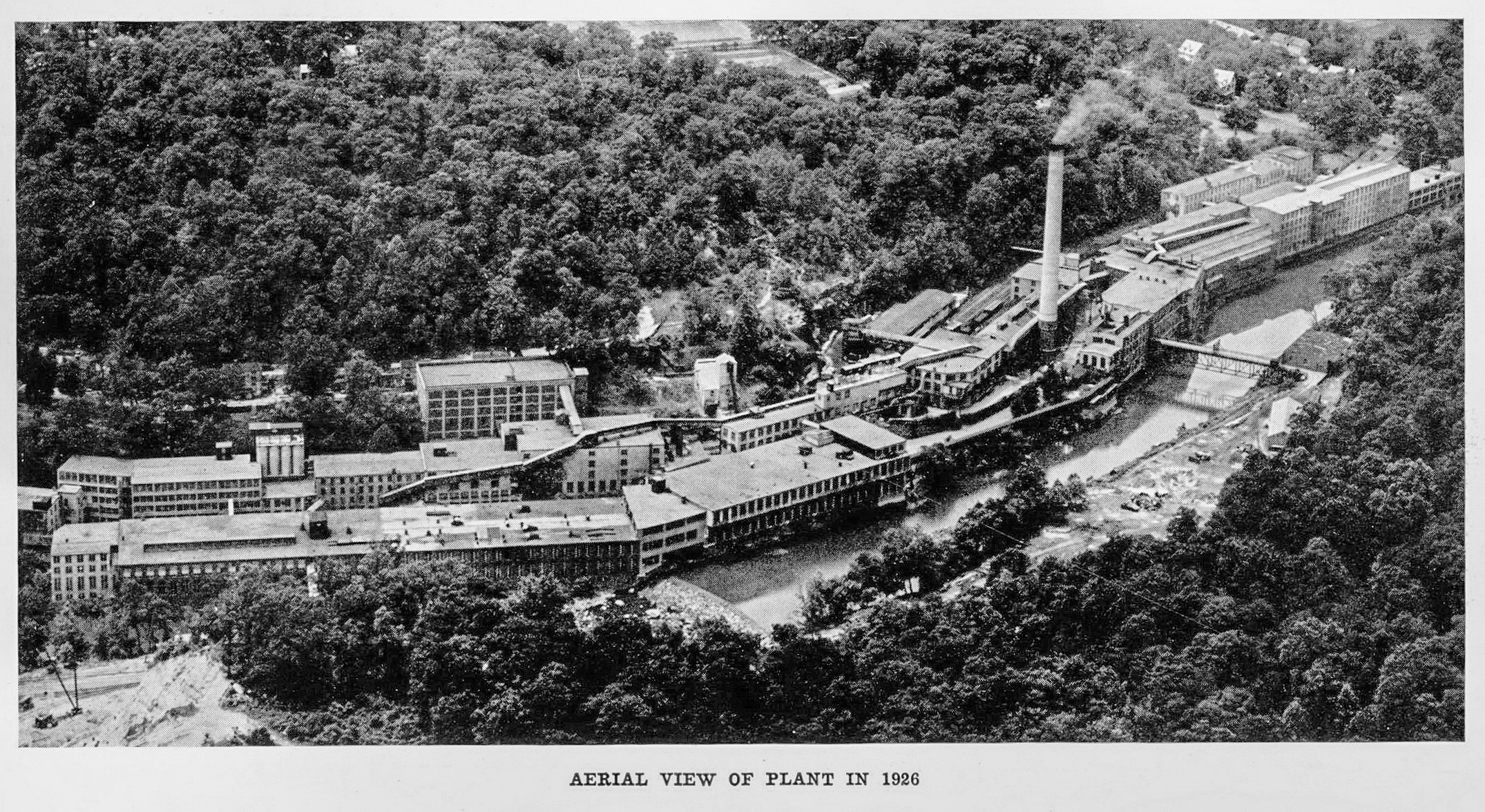
His beginnings.
William Bancroft was born into a Quaker family in 1835, the son of Joseph and Sarah Poole Bancroft. Joseph Bancroft built a business manufacturing cotton for the Philadelphia and New York markets, providing cloth to window-shade manufacturers unable to import cloth from England during the war. Sarah Poole was the daughter of William Poole, a noted Quaker miller and silversmith.
When William Bancroft was seven years old, he went to work in his father’s prospering cotton mills, Bancroft Mills, in Wilmington, Delaware. At age 14, he began working at the mills full-time, and by 1865, at the age of 30, he was made a partner in the business. The business was then renamed Joseph Bancroft & Sons. (In 1889, the firm's name was changed again, to Joseph Bancroft & Sons Company.)
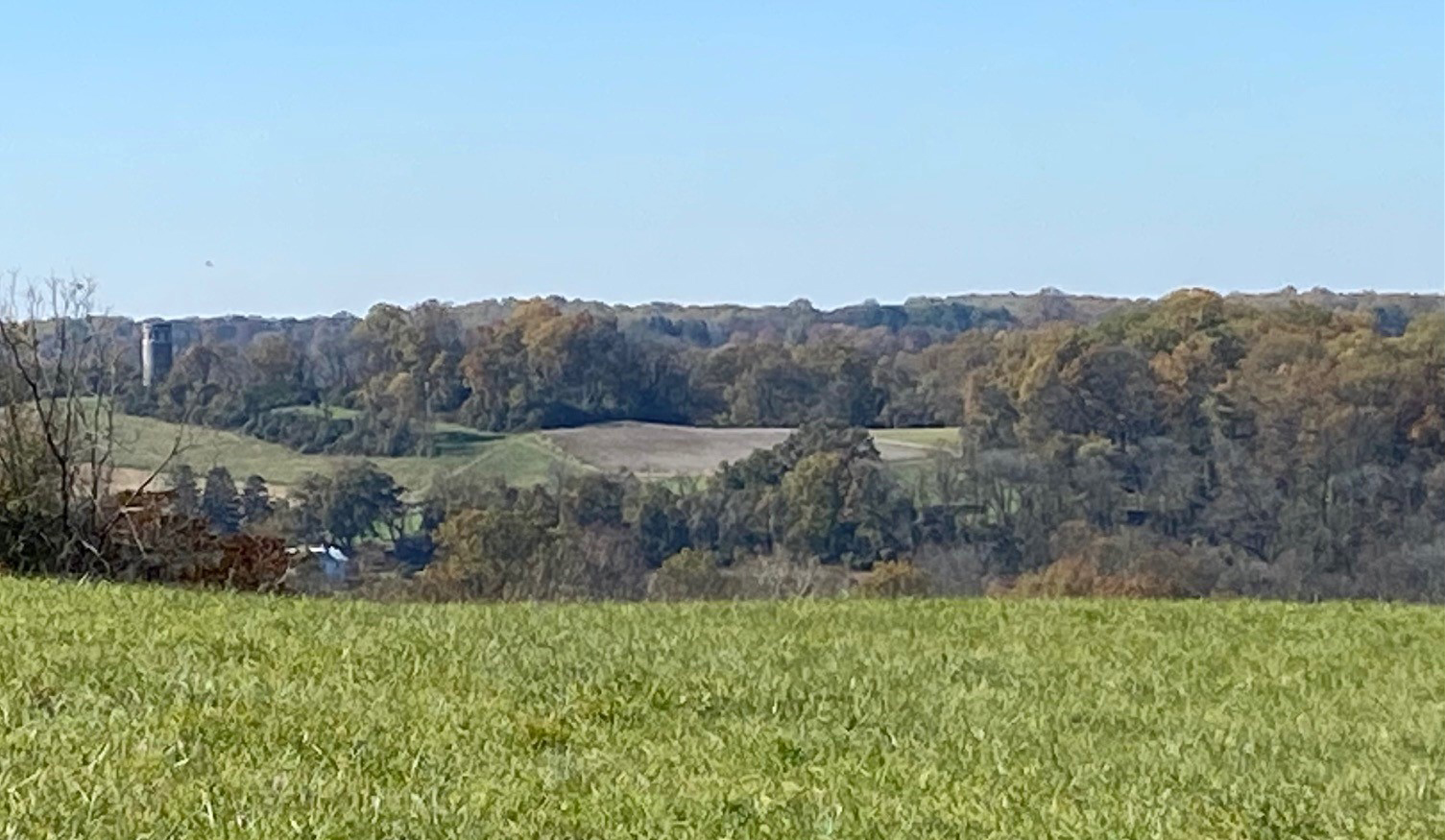
It started with a view.
William Bancroft was known to stand at a rock high above the bend in the Brandywine, pointing out to friends the stunning view of the valley. The view spanned from Wilmington, Delaware into the farmland and countryside of Brandywine Hundred. When Bancroft looked toward Brandywine Hundred, he looked, in a sense, to the future, and imagined a time when the city of Wilmington would expand into the open land to the north. Bancroft predicted that the area between Philadelphia and Wilmington would become a metropolitan area. So he set out to preserve the unmatched beauty of the lower Brandywine Valley for residents and future generations to enjoy.
The means to an end.
William Bancroft’s vision for what the future could hold involved affordable housing for residents, orderly commercial development and planning, and the creation of parks and open space for public enjoyment. Once he established a clear vision, he dedicated the resources to achieve it. The funds generated from the operation of his family’s successful mills gave him the means to give his time, money, and energy to the community.
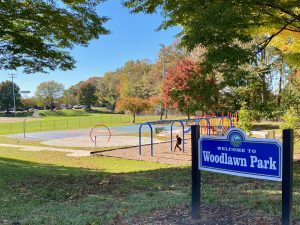
Around 1885, Bancroft retained Frederick Law Olmsted, the most highly regarded landscape architect in the country, and began conveying parks to the City of Wilmington, Delaware. In 1901, William Bancroft established the Woodlawn Company, known today as Woodlawn Trustees, Incorporated. In his words, the Woodlawn Company was “for the benefit of the people of Wilmington and its vicinity”, [to] “acquire [land] without limitation as to amount, by gift, devise, purchase or otherwise.”
This foundation for modern community planning was the first of its kind. In fact, it is the only example of a community planning experiment in the United States that established an entity to ensure its goals were achieved long-term. Its primary goal was to make money through the sale and careful planning of land to continue the work Bancroft envisioned—affordable housing and the assemblage of parklands and open space. Bancroft was a visionary city planner. He was driven to improve not only Wilmington’s urban neighborhoods, but also the nature-filled areas in the region. He gathered more than 1,300 acres for parklands outside of Wilmington with an eye toward the future. His plan always called for some of this land to be used for responsible development and some to be left open for public enjoyment. “It may take a hundred years to work out. Perhaps I may be able to so arrange things that it will work out, even if it should be very far in the future,” Bancroft said.
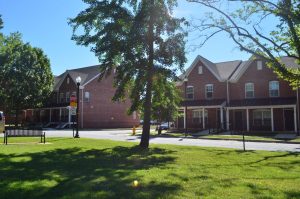
Bancroft worked with landscape architect Charles Leavitt to “secure a subdivision of property as will be economically valuable, designed to meet the demands of all grades of wealth, including that of the day laborer.” This notion for the land to be used for a variety of purposes in the community so people of all economic levels could work, shop, and pursue recreational activities in a common area was entirely ahead of its time. He began The Flats which provided residences for workers of modest means. Bancroft built 350 brick houses with affordable rents. Each house had a garden and private entrance.
These extraordinary accomplishments did not change the essence of who William Bancroft was. He retained his modest Quaker ways, sitting on no boards other than the Park Commission. In addition, he rarely gave speeches or interviews to the press.
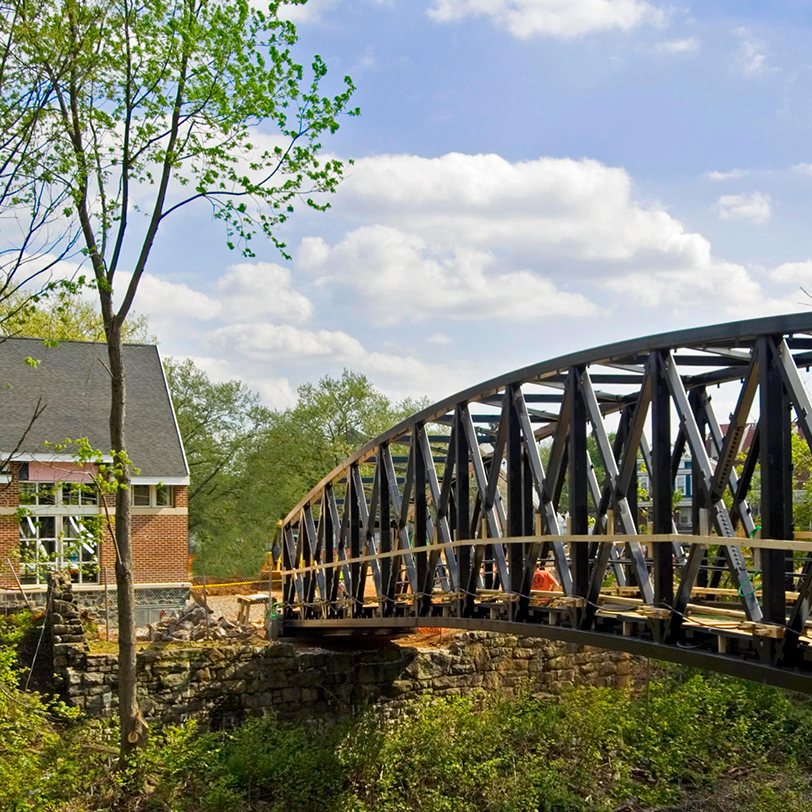
The imprint of our history is evident today.
Take a drive along Bancroft Parkway in Wilmington, Delaware and you’ll see a variety of neighborhoods, all with equal access to the natural beauty of the parkway. William Bancroft’s work continues today, through the work of Woodlawn Trustees. This is William Bancroft’s enduring legacy.
